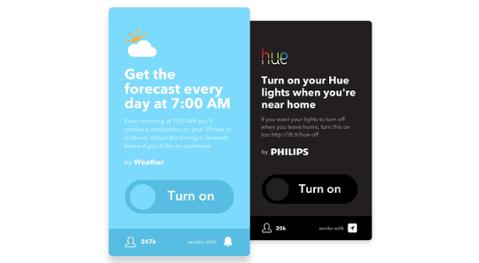Strategy Analytics also sees HTML5 as a critical component driving a cross-platform LTE cloud-based platform slowly building among mobile carriers, device makers, auto manufacturers, and Web developers. Ultimately, HTML5 will allow content from mobile phones, tablets, notebooks, desktops, TVs, and even cars to come together via the cloud.
AT&T Opens API Platform for HTML5 Development
AT&T, as part of its effort to standardize around HTML5, launched an API platform to help developers create more energy-efficient apps and to do so more quickly. Mark Collins, AT&T Mobility's vice president of consumer data, told Fierce Mobile Content that the company sees HTML5 as a way to step out of the competition among rival app stores and operating systems. Interestingly enough, though, it's planning its own app store of HTML5 offerings. Its new API platform is designed to allow easy access to all the company's APIs in one place. It also will allow developers to incorporate the APIs and other network services directly into their apps. And users will be able to access the apps through myriad devices — tablets, e-readers and smartphones. Access to the APIs will cost $99 for the year, though. It also launched the Application Resource Manager, a tool to help developers better understand the network resources their apps consume. In a separate post, he said the company was taking a page from Amazon by offering in-app billing, which allows developers to be paid through AT&T's customer billing. Job aggregator Indeed listed HTML5 as the No. 1 job trend last year. And a new survey by market research firm Evans Data of more than 1,200 developers globally points to the rising adoption rate of HTML5. In North America, 43 percent use it now, 39 percent do in the Europe, Middle East and Africa and 58 percent in the Asia Pacific region. When asked about plans to use it, three-quarters responded affirmatively. Research firm Strategy Analytics predicts that 1 billion HTML5-compatible mobile phones will be sold in 2013, up from just 336 million in 2011. According to CNET:



